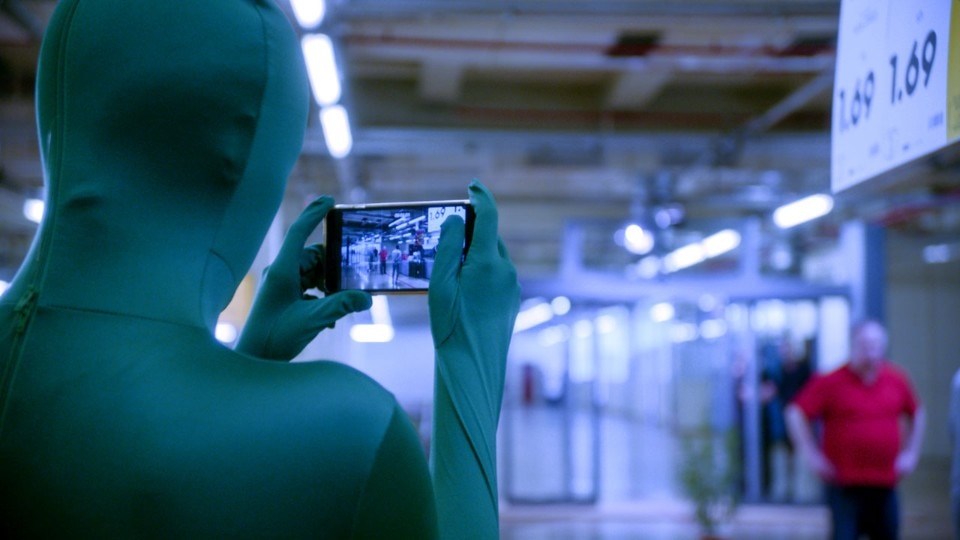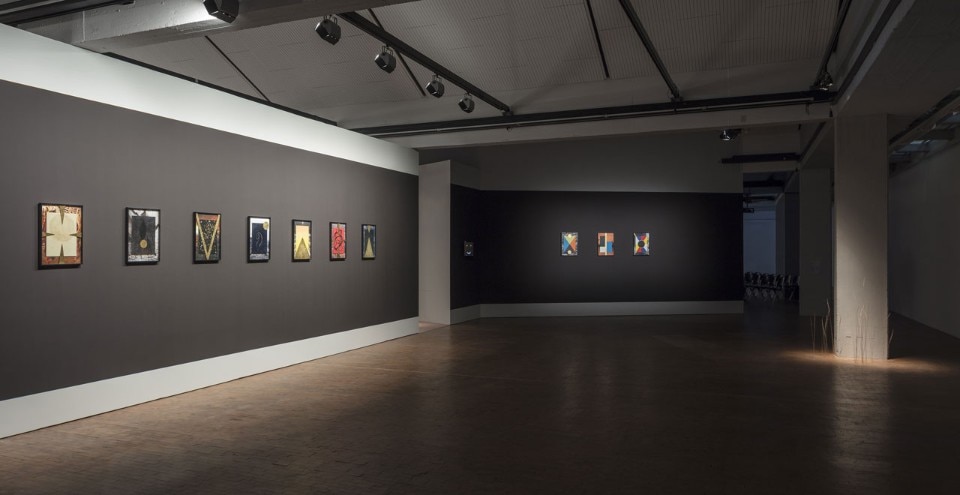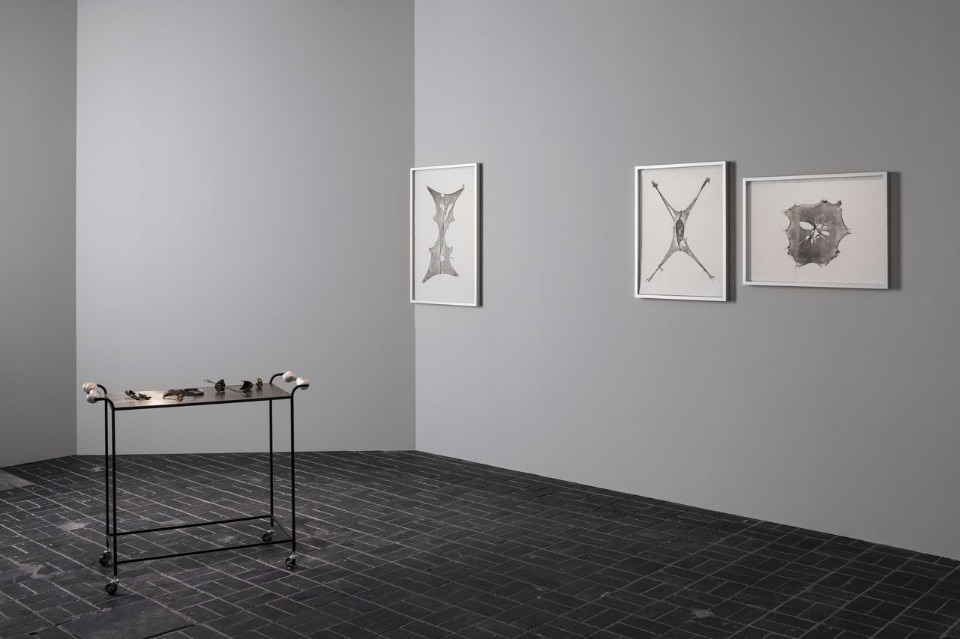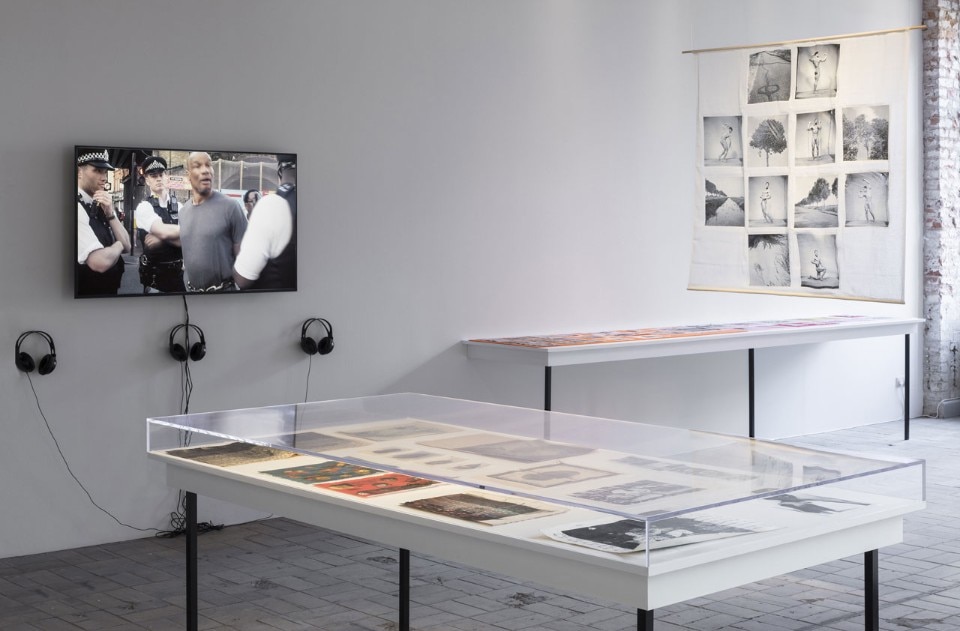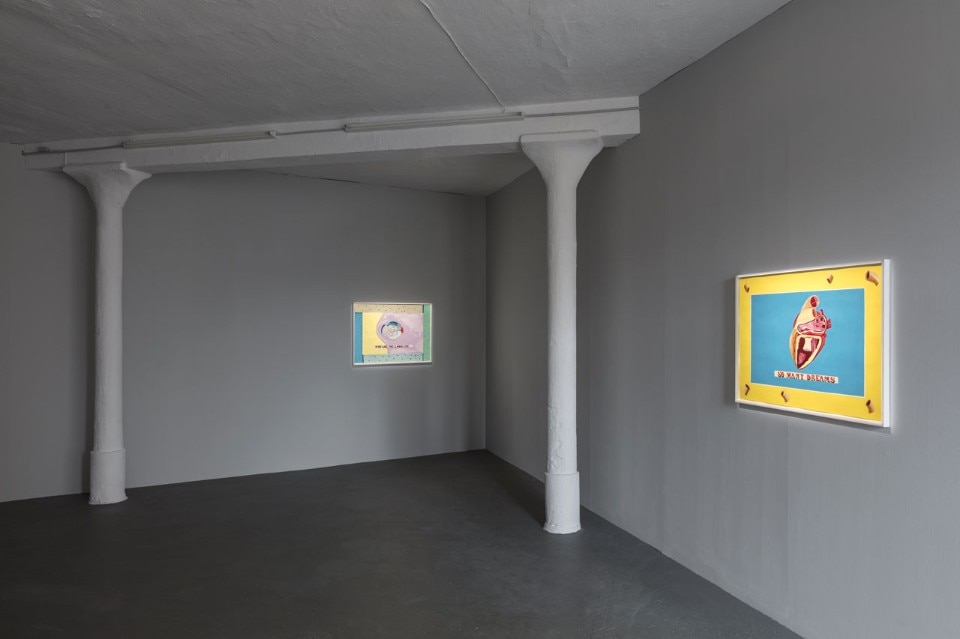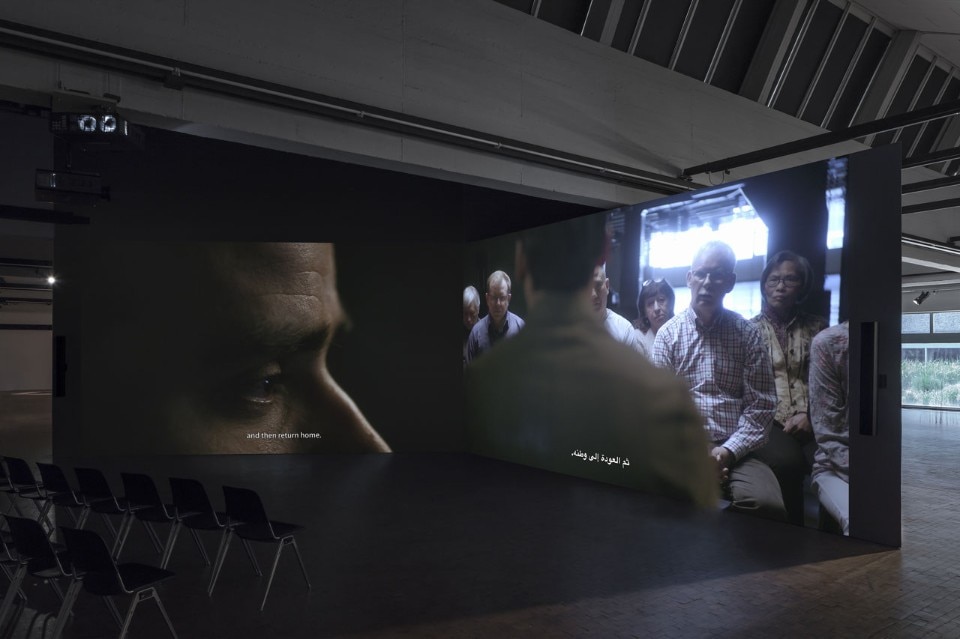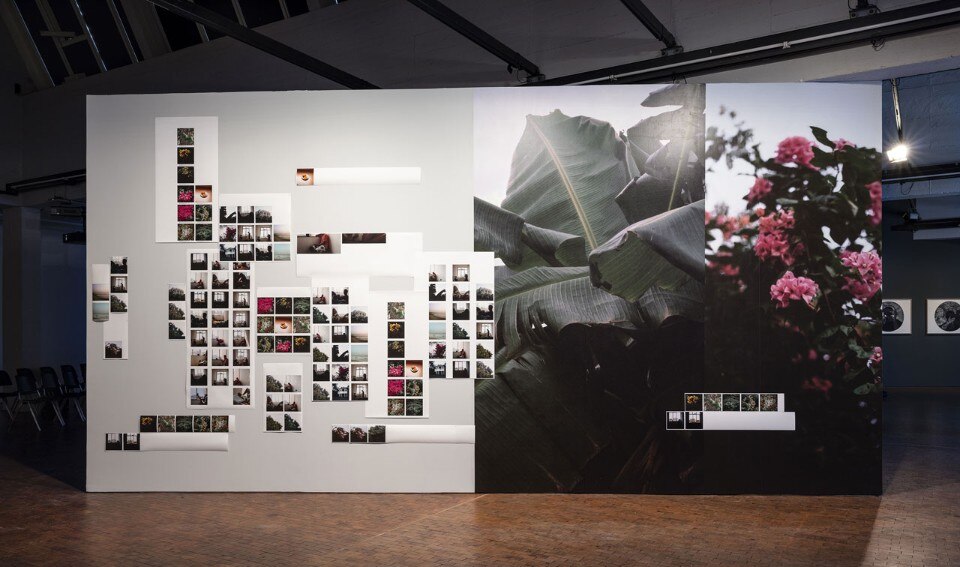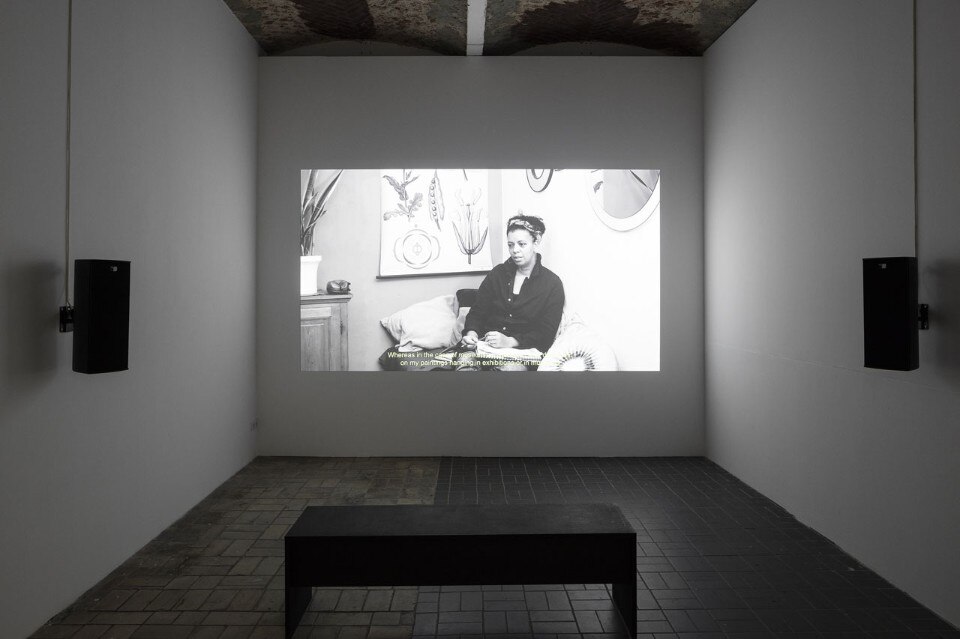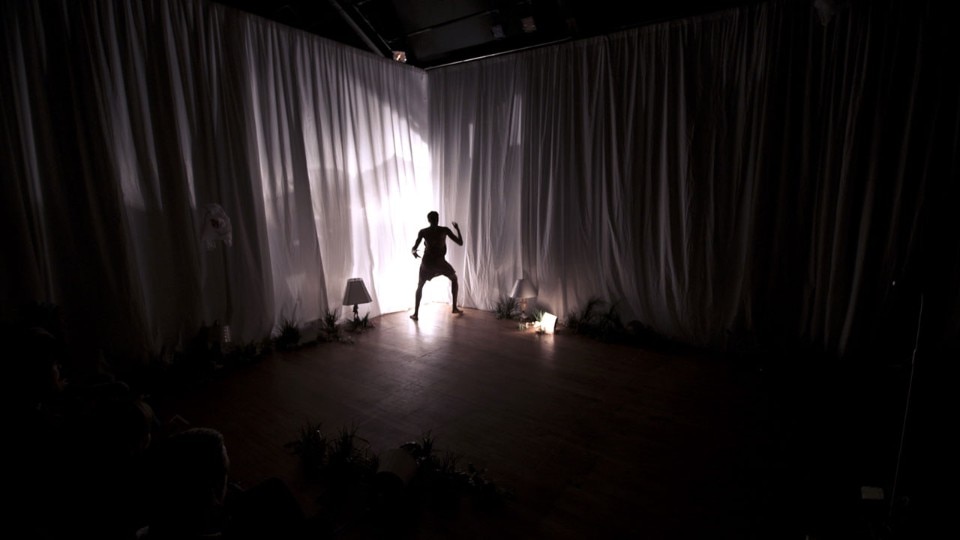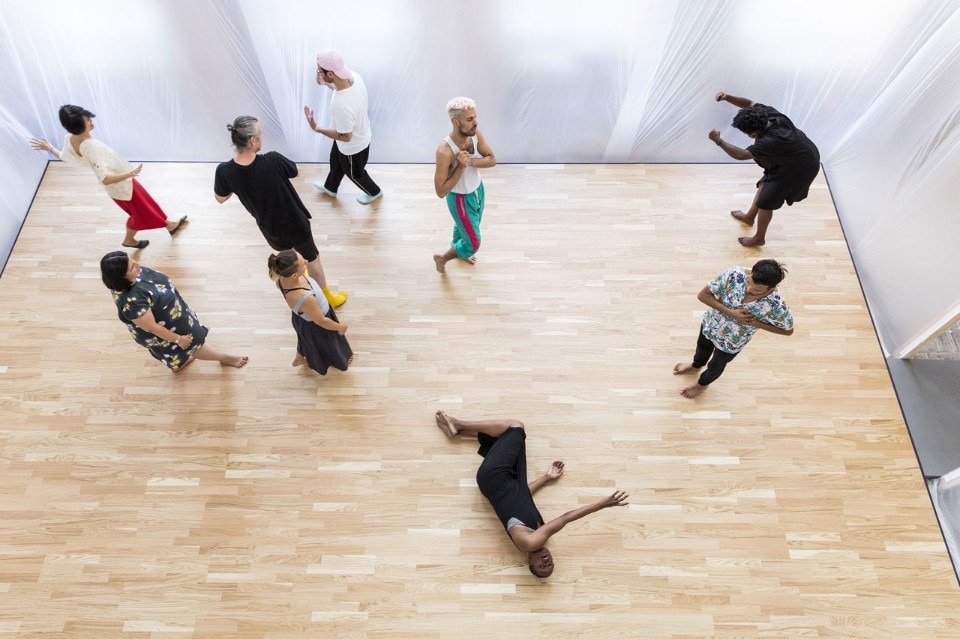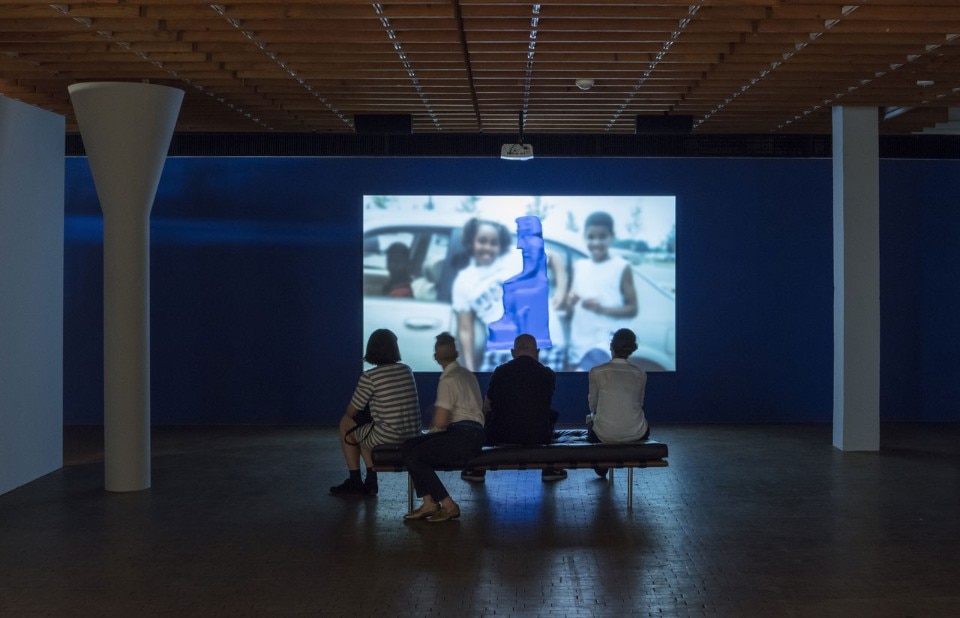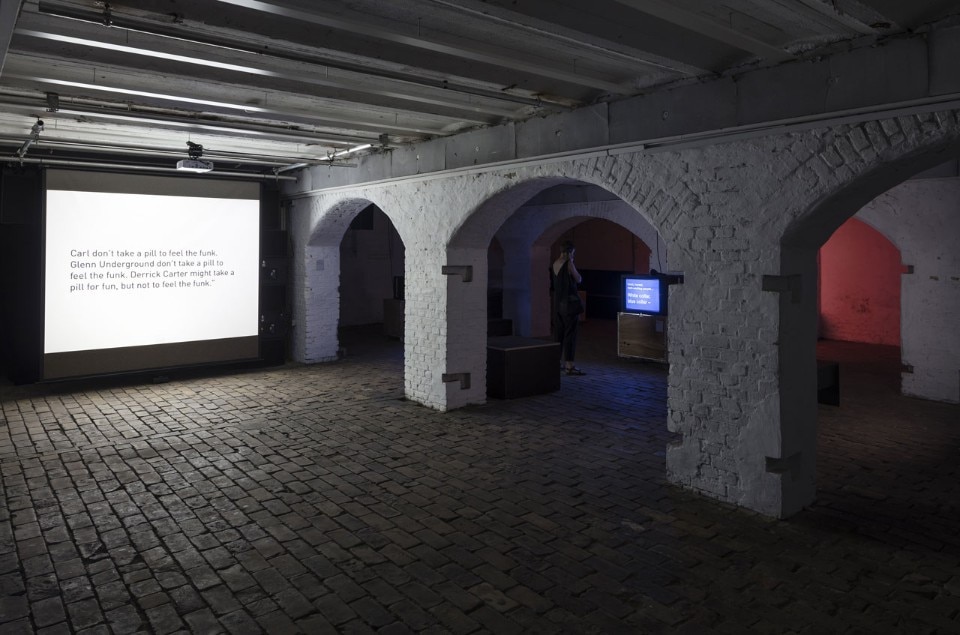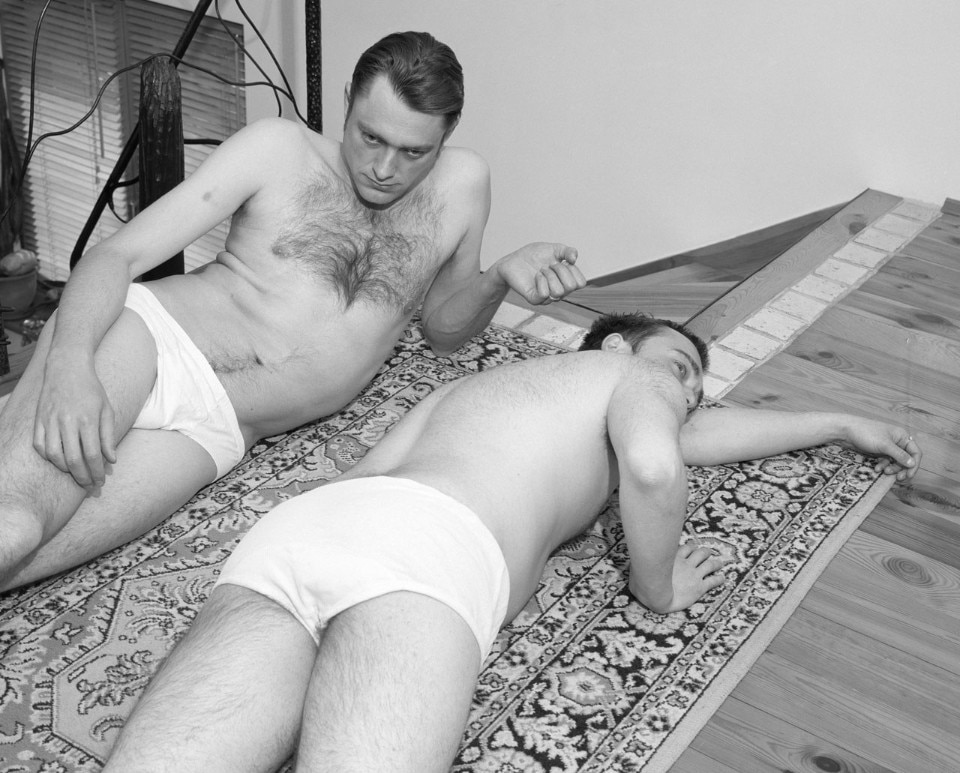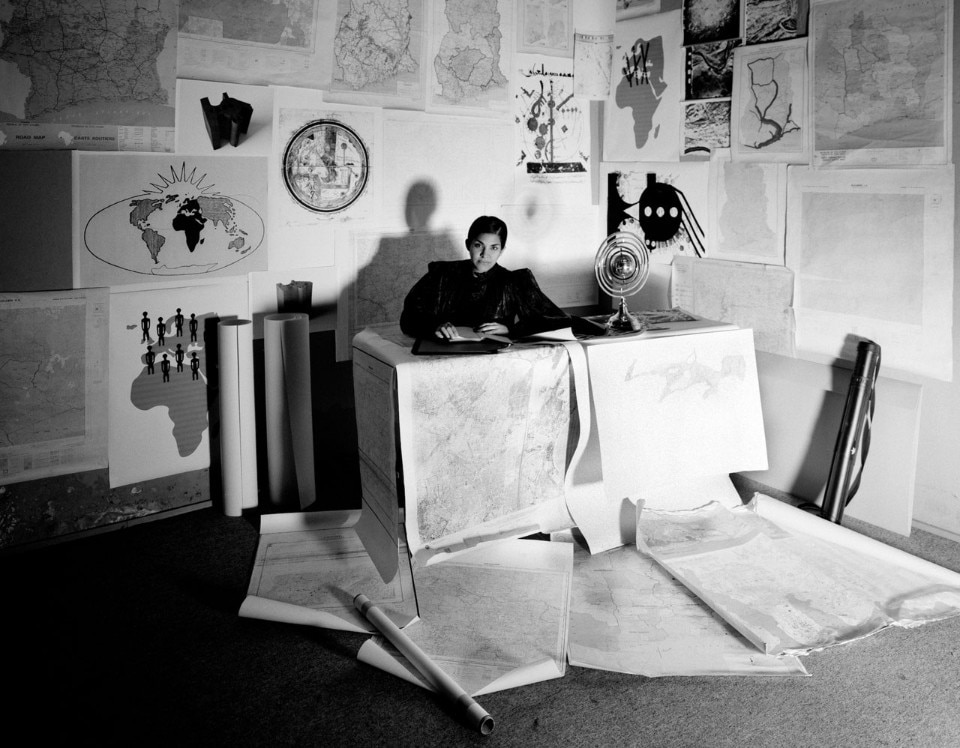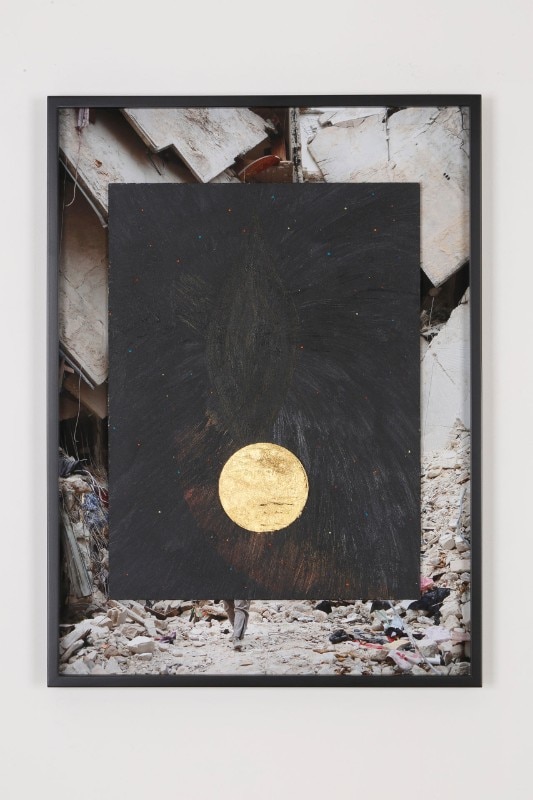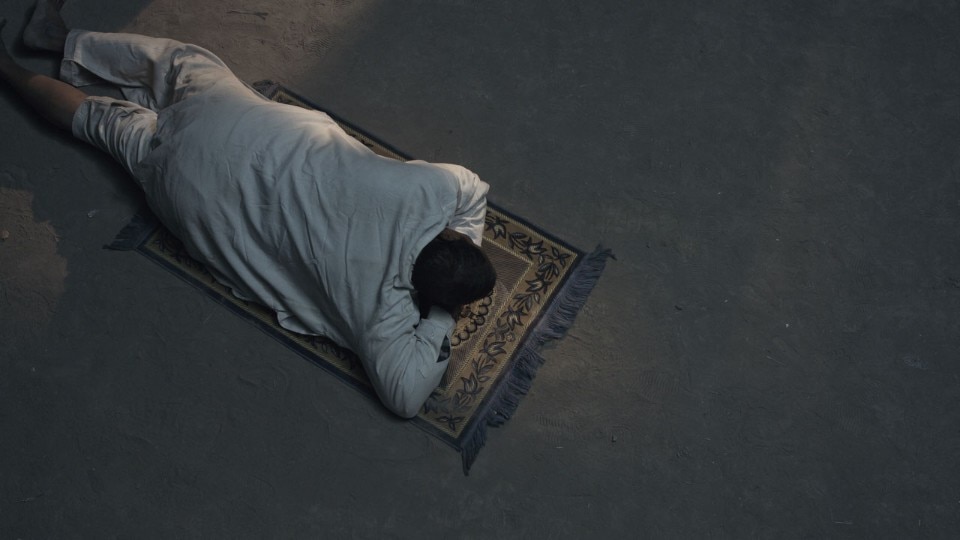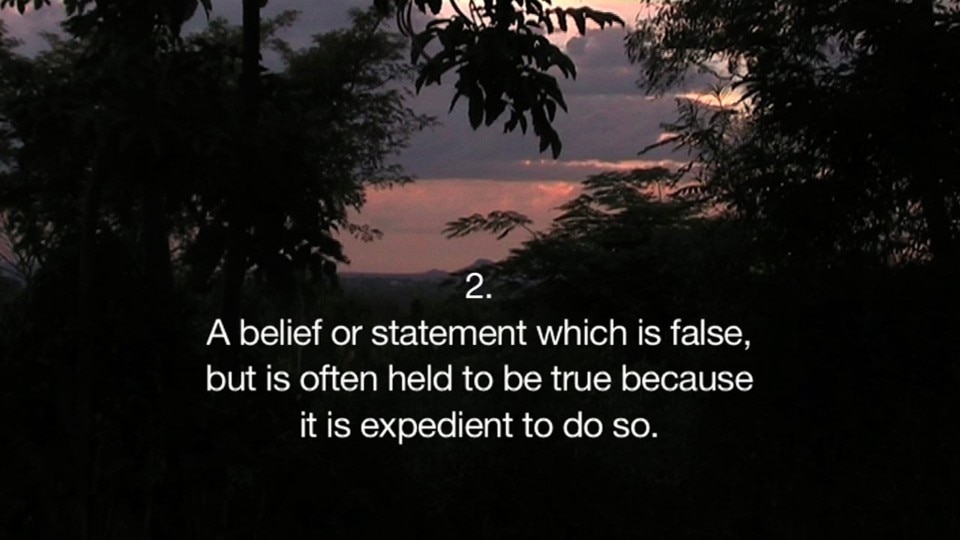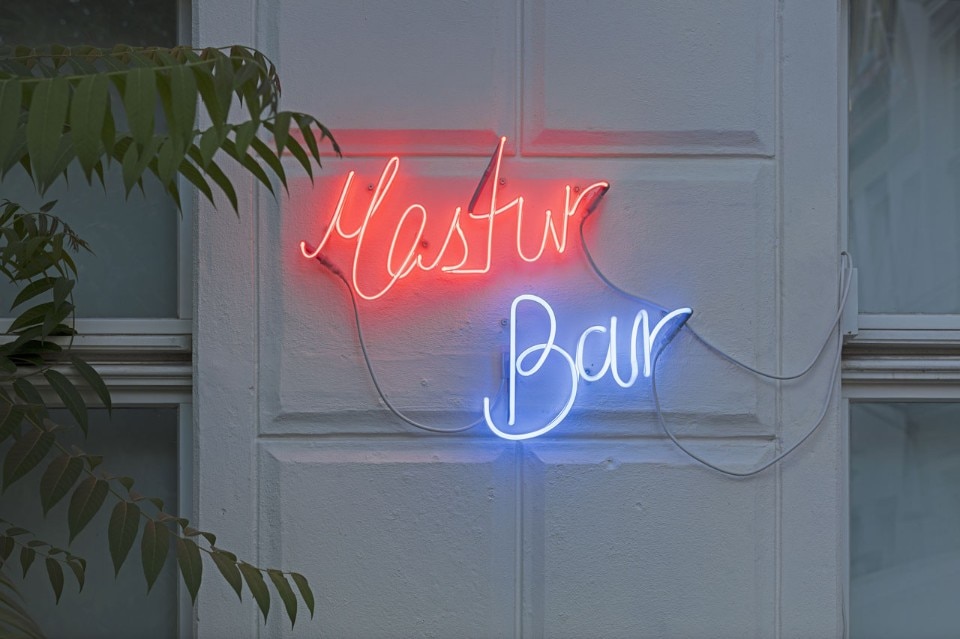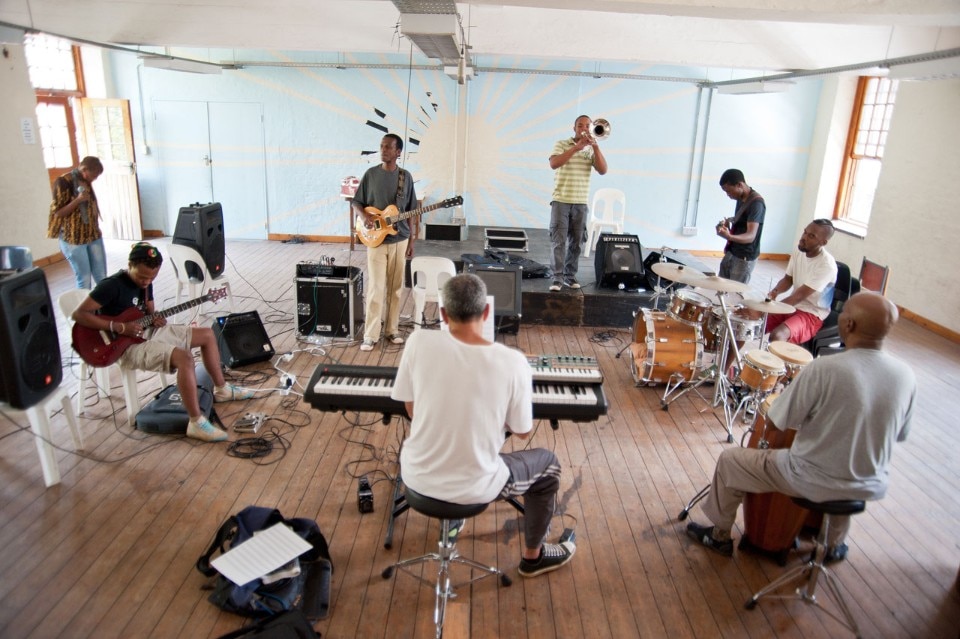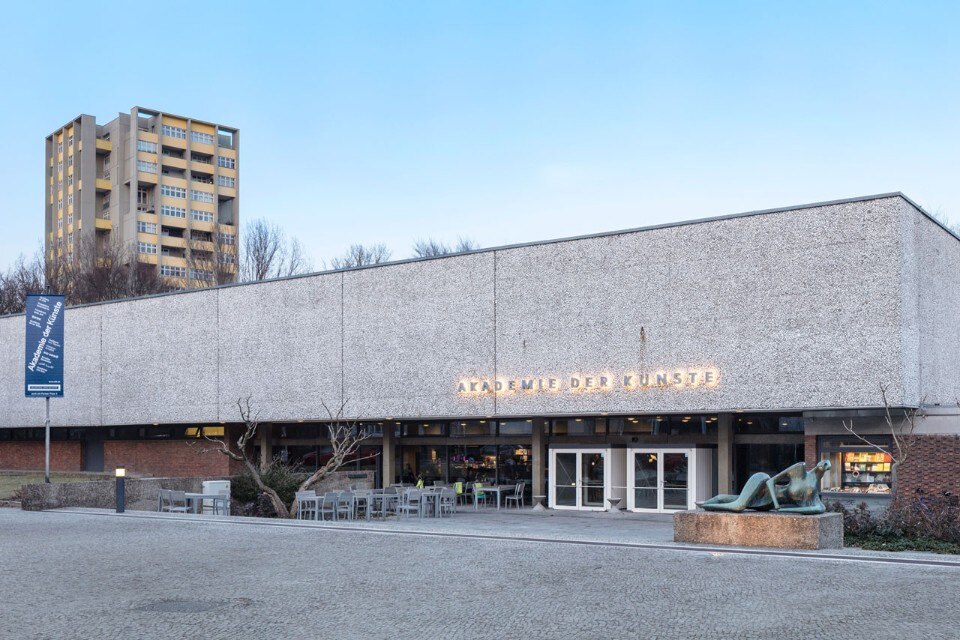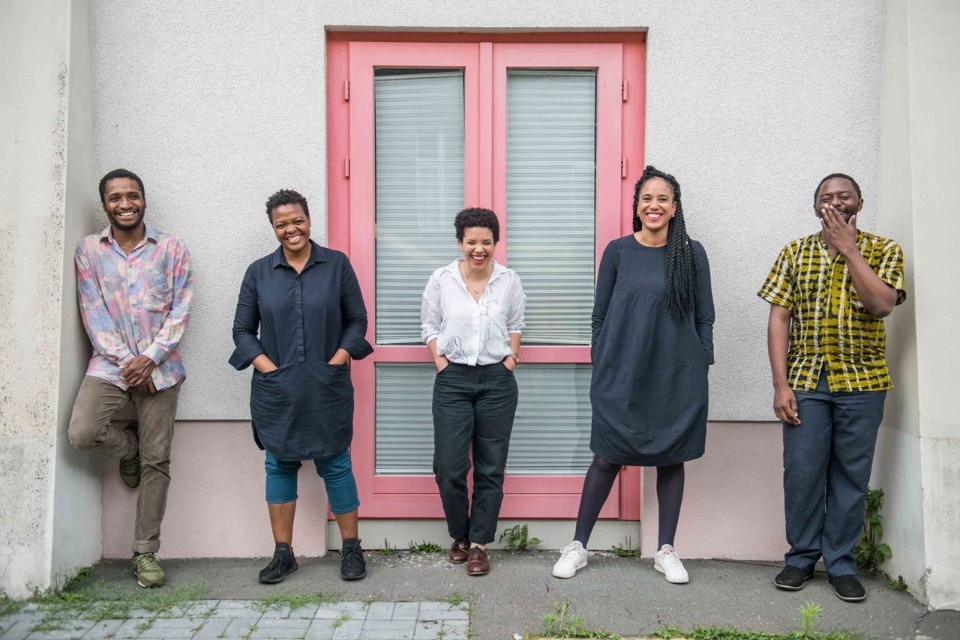Twenty years after its first edition, the Berlin Biennial confronted itself with a much different environment. The assorted group of artists of the 10th edition returns a horizon of experiences from marginal subjectivities, without emphasizing on the diversity of its result – which happens when someone casually shifts their inclusive practice to an institutional level. This biennial didn’t mean to directly address oppressive issues, using rather a grammar of subtraction to challenge standard visions and expectations; it enhanced the unheard potential, without leaving room for the privilege to be active in this scenario. It doesn’t ask, but rather stated what it doesn’t need no more.
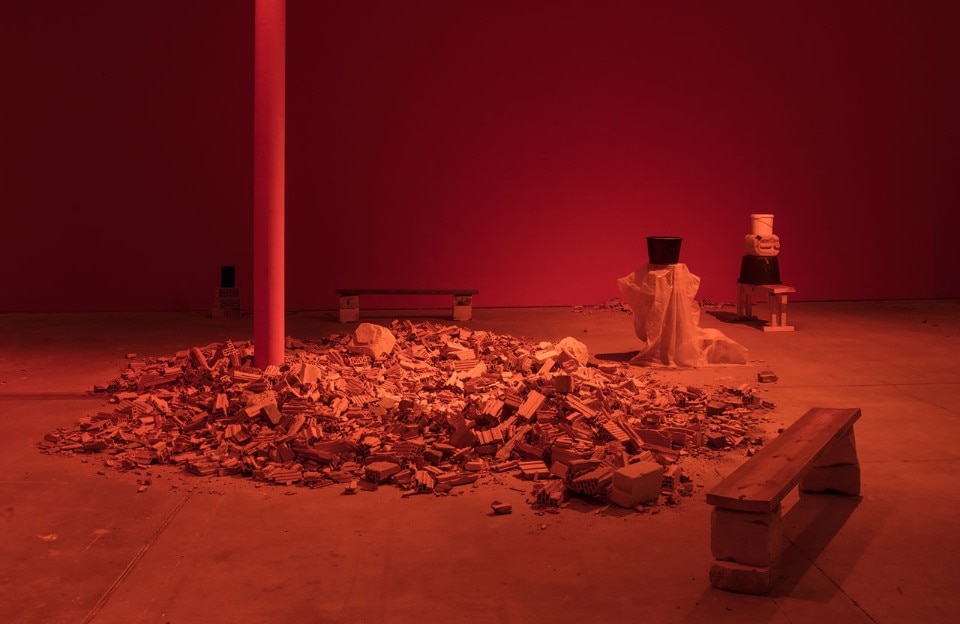
 View gallery
View gallery
This year, the Berlin Biennale has addressed some main issues related to contemporary society, investigating its marginal points of view to encourage new configurations and put urgencies in perspective. In this inevitably politicized context, what’s your stance on curatorial responsibility?
Curatorial processes are an opportunity and a platform to begin as well as to continue conversations and ideas about how to speak and engage with the subjectivities that have shaped history as much as the present. I do not think that the curatorial role is didactic in the sense that it is about creating exhibitions that teach a non-definable audience how they should read the presented works and how they should understand the world once they have left the exhibition. It is much more about speaking through artistic positions and languages about possible parallel narratives and questioning hierarchies, power structures, and knowledge systems.
Talking about structures and systems, in this edition the curatorial board involved a team of architects for the first time, giving them free rein to transform the exhibition venues. How did this collaboration work?
It was important for us to translate our curatorial ideas into an according architectural language within the exhibition venues. Büros für Konstruktivismus had never done the design for an exhibition display before. To us this was great as it guaranteed their fresh approach towards the exhibition’s architecture. We discussed with them our curatorial thinking processes and the artistic positions that were invited. They made suggestions, which we found so fantastic that in many cases we actually followed their lead in terms of the positioning of certain art works. It therefore was a very productive and inspiring collaboration.
The curator speaks parallel narratives through artistic positions, questioning hierarchies, power structures and knowledge systems
Although they are included in the program, many concepts such as post-colonialism, cultural appropriation, feminism or blackness are not explicitly mentioned in the Biennial’s communication. What led you to the choice of addressing those issues so subtly?
There is currently a major trend to produce exhibitions, conferences etc. that try to consider and work through theses notions in order to be “politically correct”. While this is of course also a positive development at the same time it feels like these terms and concepts are being overused. Overused in the sense that through the constant repetition these notions often seem to have become devoid of any particular meaning or visions of those using them. We wanted to move beyond that by trying to find a new grammar.
After almost three months, how do you think the Biennial’s audience reacted to this intentional lack of straightforwardness?
This is hard to say as ideally the audience is so heterogeneous that each individual visiting the Berlin Biennial takes something different out of it. But of course, considering the reaction towards our statements released before the opening of the Berlin Biennial it can be assumed that there might be a slight confusion for certain audiences once they do not find what they might have expected. Ideally this is however a productive confusion in the sense that it leads them to look at and deal with the show in (to them) unexpected ways.
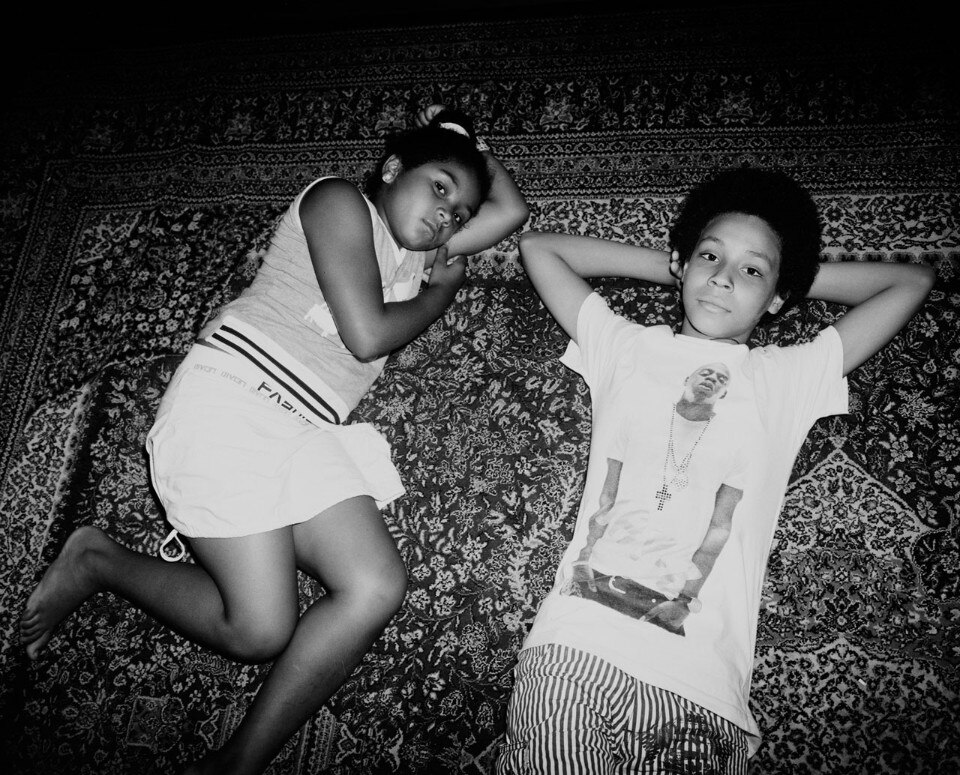
 View gallery
View gallery
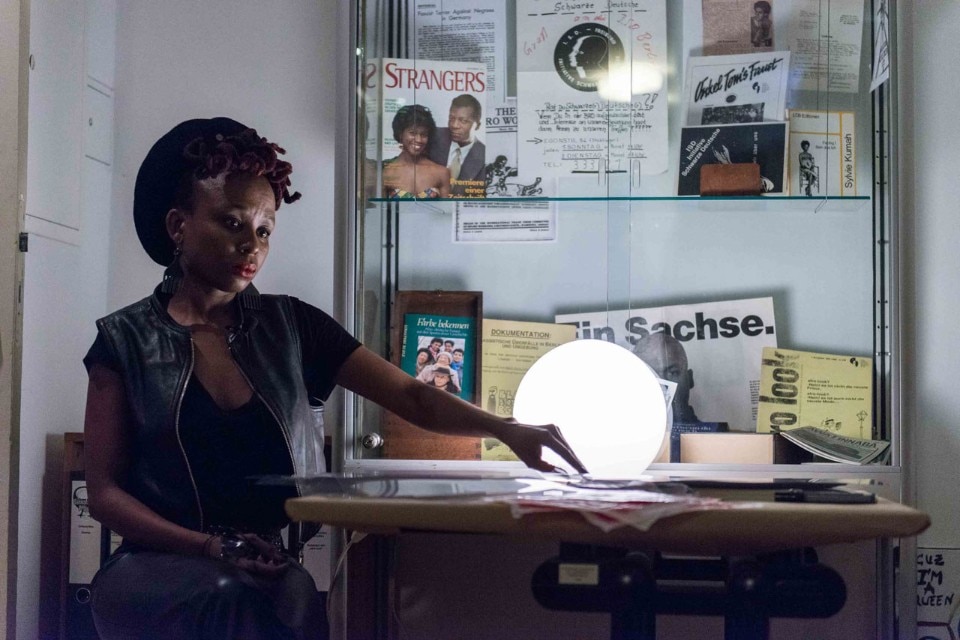
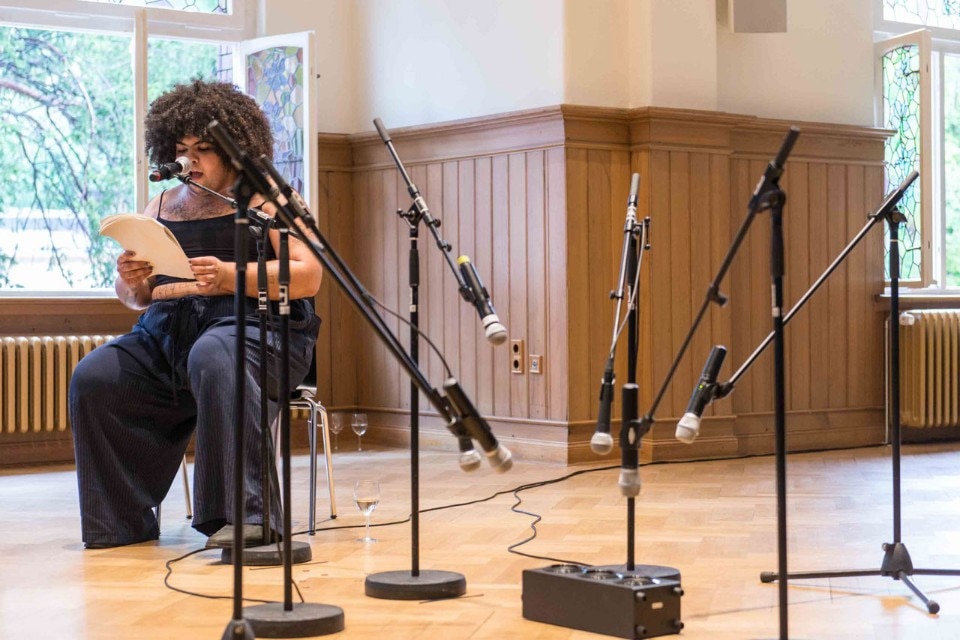
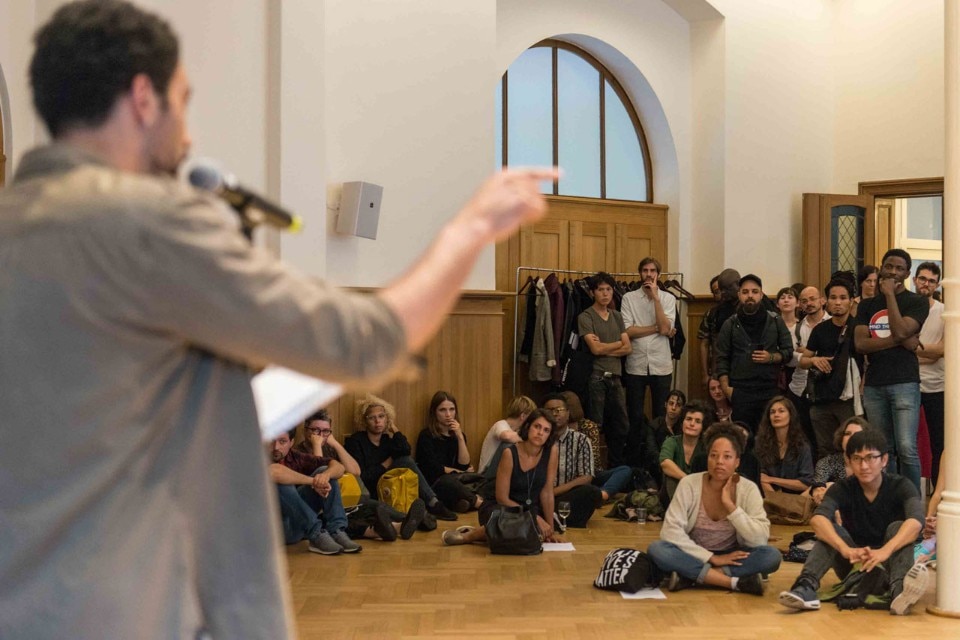
Being language essential to avoid superficial interpretation of issues explored in this edition, which takes its title from the song We Don’t Need Another Hero by Tina Turner, how did you end up identifying the curatorial statement with this specific choice of words?
By referencing We Don’t Need Another Hero, we draw from a moment directly preceding major geopolitical shifts that brought about regime changes and new historical figures. At the same time the title is about how we can collectively dream, act and reject the desire for savior. The “We” here is a “we” relating to us specifically as the curatorial team, but it is also the “we” of all the artistic positions in the Biennale as much as it is an open “we” meaning anyone who relates can join that “we”.
There is a correction standing out in the lyrics of the above-mentioned song, which marked text has been published on the Biennial’s website. The word hero has been crossed out, leaving the words he and her; is this referring to a focus on gender identity?
It is rather about un-focusing on gender identity by creating the possibilities of who those heroes can be.
Opening image: Mario Pfeifer, Again / Noch einmal, video, 2018
- Venue:
- 10th Berlin Biennale
- Curator:
- Gabi Ngcobo
- Curatorial team:
- Nomaduma Rosa Masilela, Serubiri Moses, Thiago de Paula Souza, Yvette Mutumba
- Opening dates:
- 9 June – 9 September 2018
- Address:
- Several locations in Berlin
- Website:
- berlinbiennale.de


